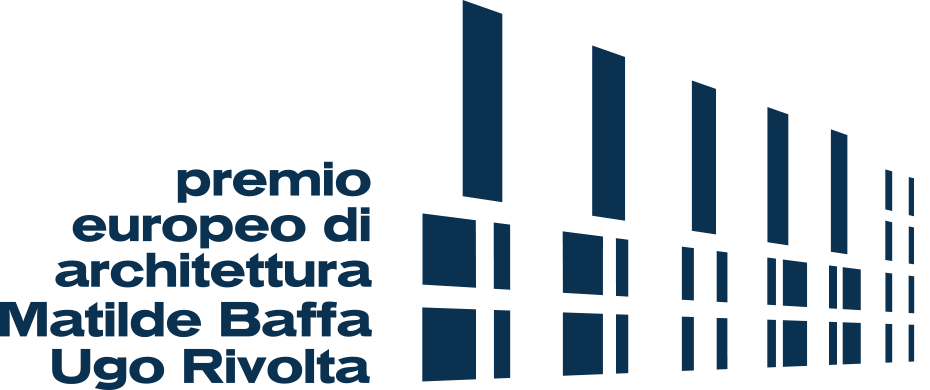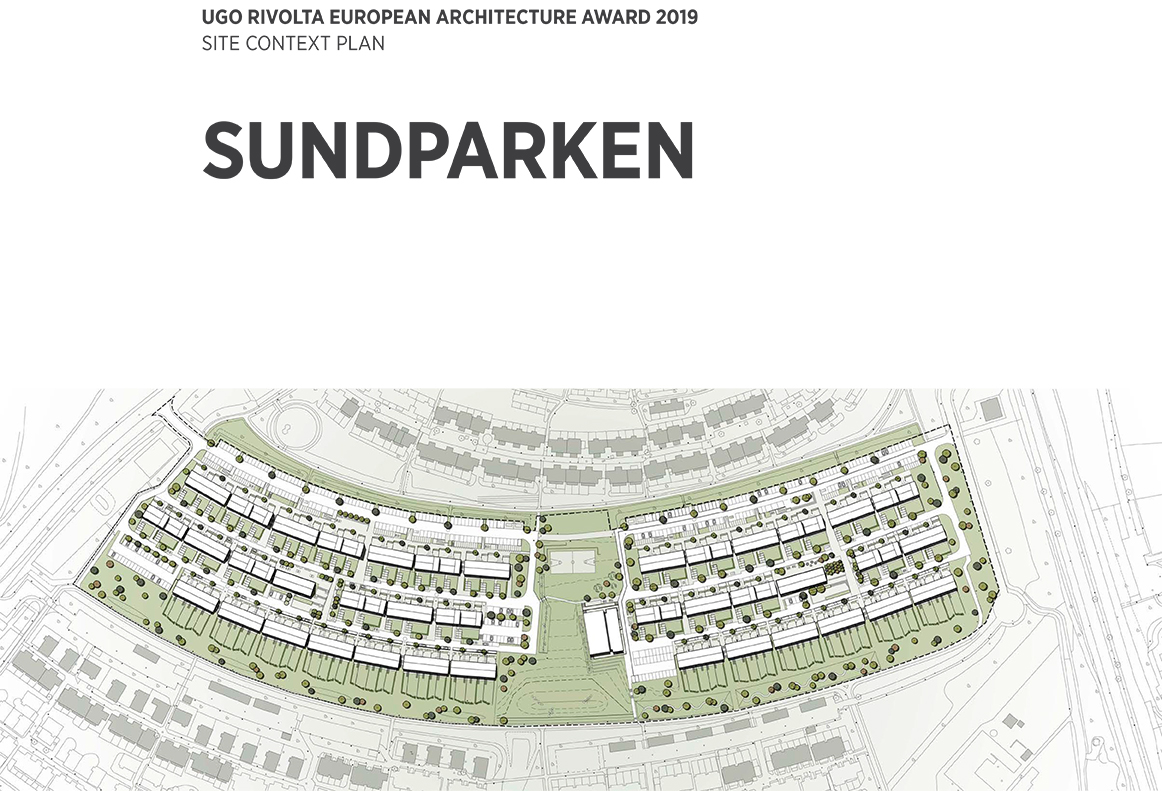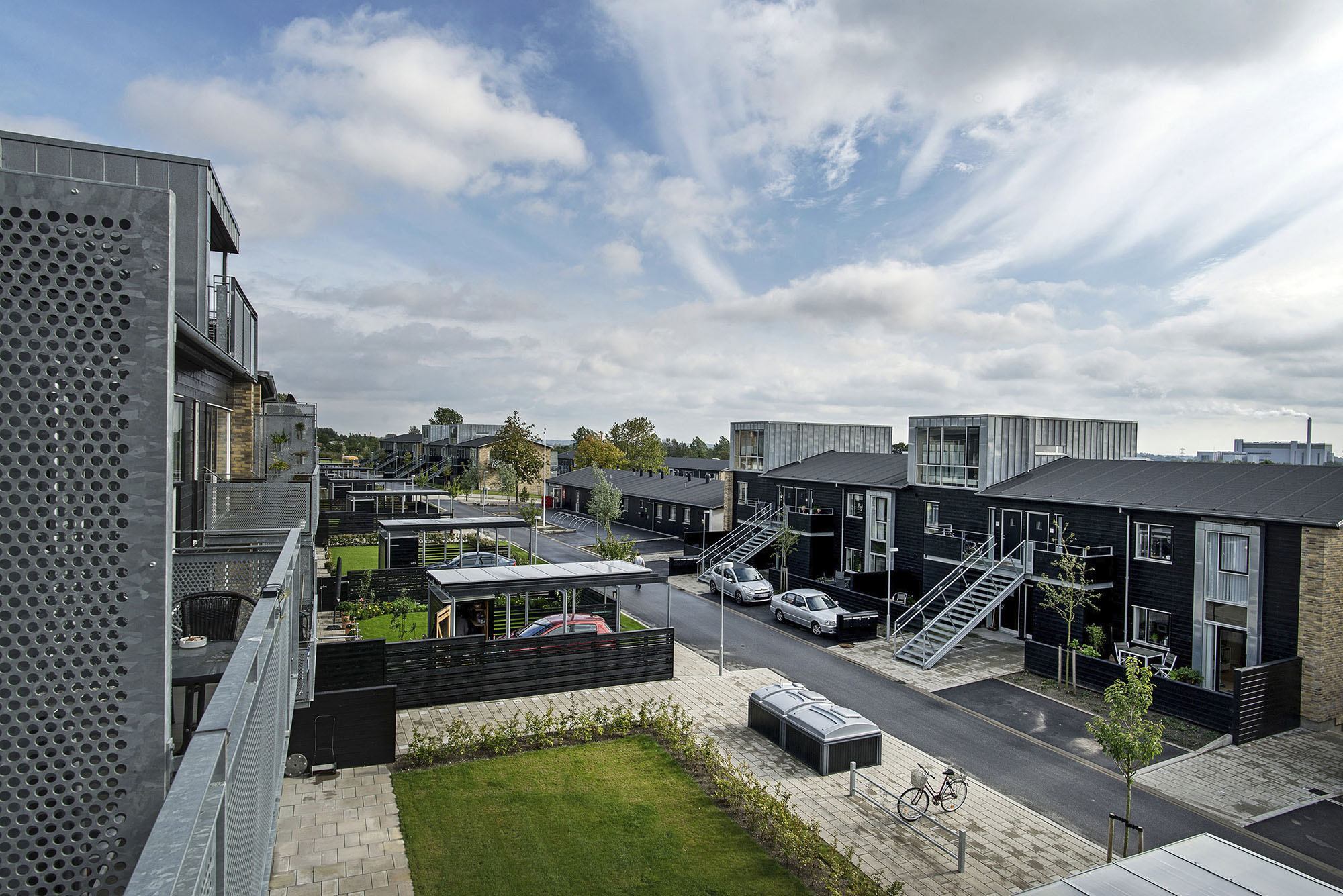NAME
Project title: Sundparken
Recommending party
The project has been submitted by: C.F. Møller Architects
LOCATION
Country: Denmark
City: Aalborg
Address: Tambosundvej and Sallingsundvej, 9220 Aalborg.
AUTHOR
Designer or design team architects:
C.F. Møller Architects

























